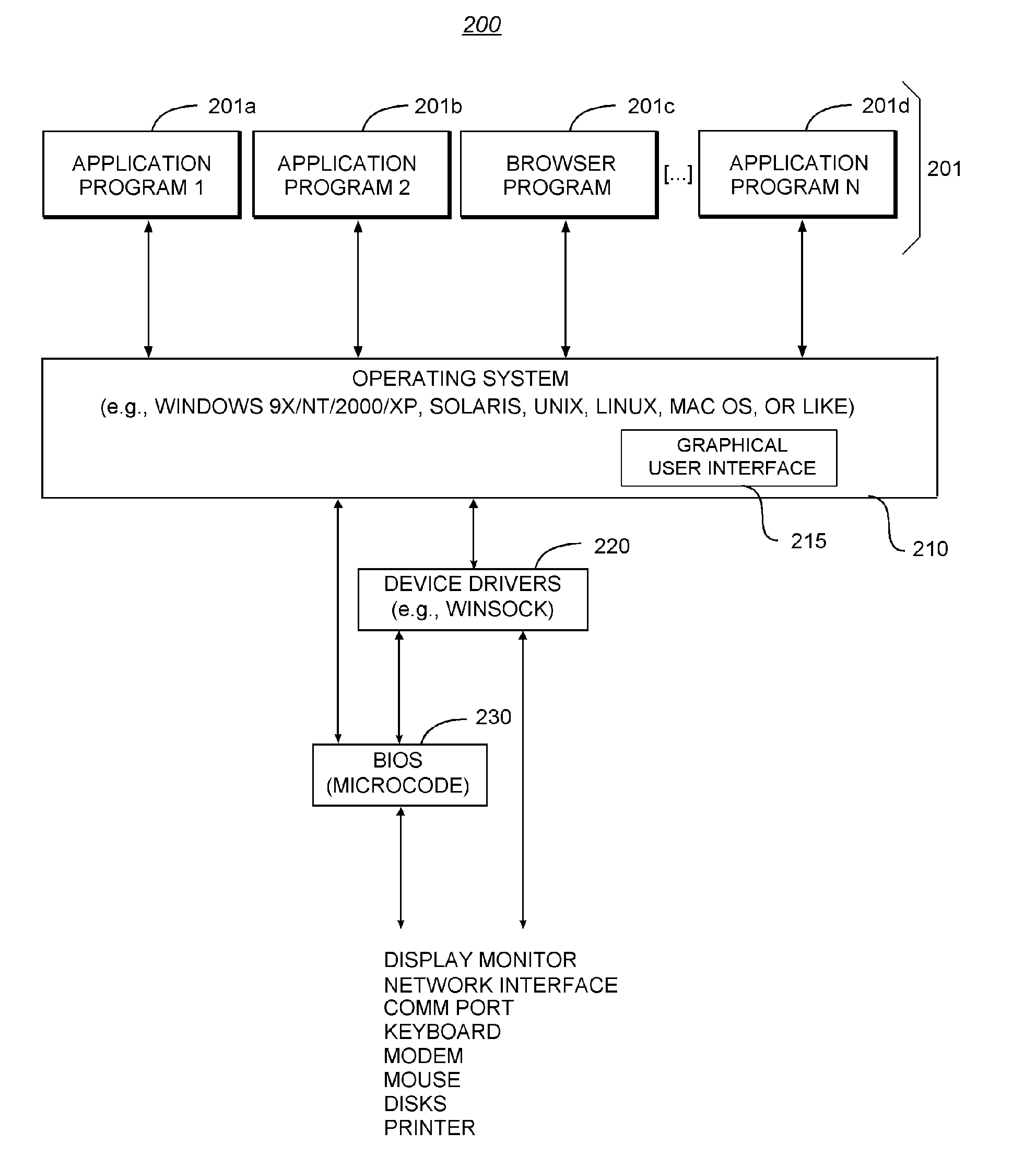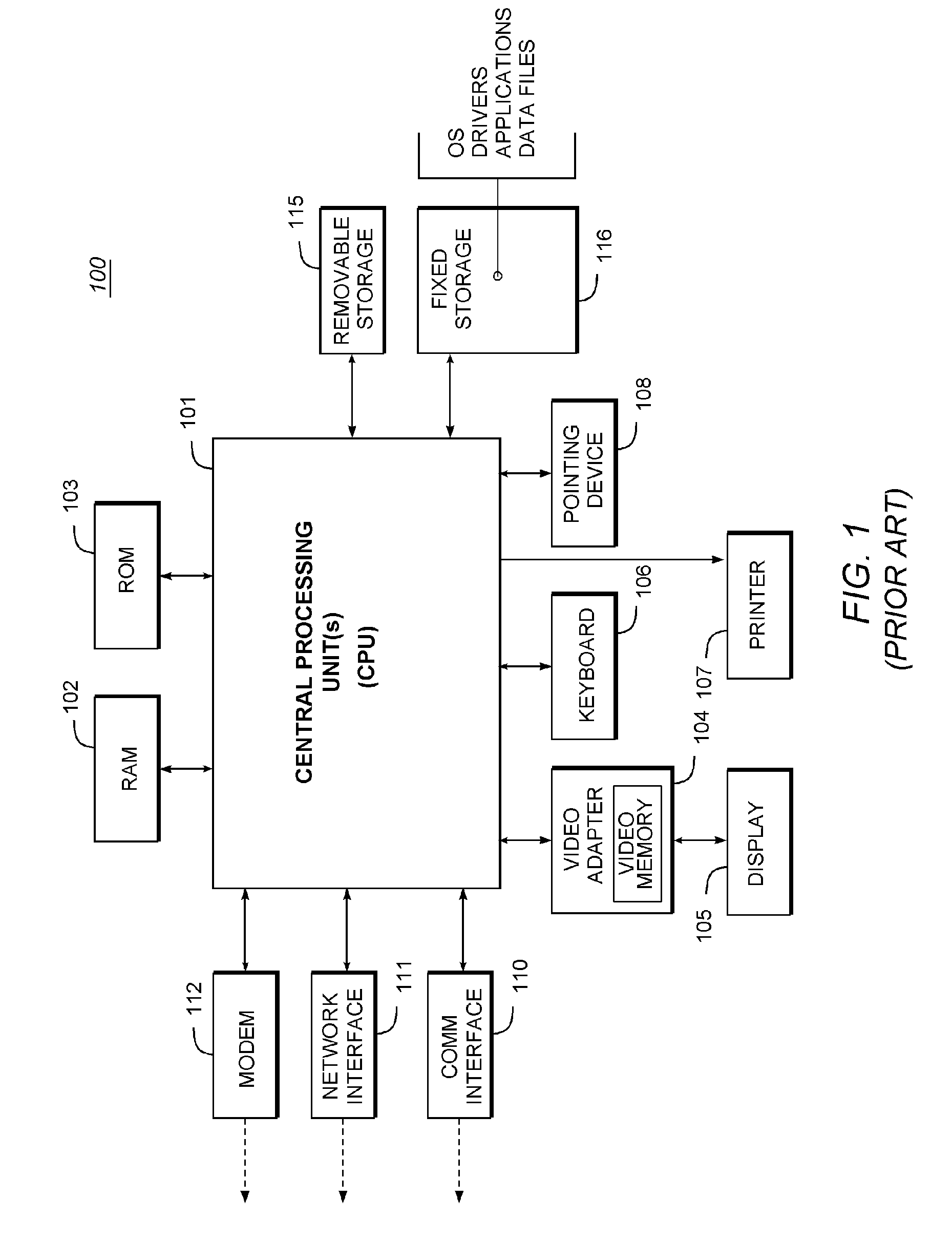Database System with Methodology for Generating Bushy Nested Loop Join Trees
a database system and join tree technology, applied in the field of data processing environments, can solve problems such as one-level pushdown, inner side implementation of more complex structures, such as joins, and implementation of certain operators in current optimizers
- Summary
- Abstract
- Description
- Claims
- Application Information
AI Technical Summary
Benefits of technology
Problems solved by technology
Method used
Image
Examples
Embodiment Construction
[0044] Glossary
[0045] The following definitions are offered for purposes of illustration, not limitation, in order to assist with understanding the discussion that follows.
[0046] Bottom-up search strategy: A bottom-up search strategy is a type of search strategy where optimal query plans are generated from optimal subplans in a bottom-up fashion. The plans and permutations are generated bottom-up. Also, the costs are estimated bottom-up and properties (if any) are propagated bottom-up.
[0047] Bushy tree plan: A bushy tree plan is a query plan in which some join operations have two or more direct children that are also join operations. Non-bushy plans are typically referred to as left deep trees (in which the right child is a scan operator) or a join list in which tables are joined in linear order. For further description of a bushy tree search space, see e.g., Vance, B. et al “Rapid Bushy Join—Order Optimization with Cartesian Products”, in Proceedings of ACM SIGMOD Conference of ...
PUM
 Login to View More
Login to View More Abstract
Description
Claims
Application Information
 Login to View More
Login to View More - R&D
- Intellectual Property
- Life Sciences
- Materials
- Tech Scout
- Unparalleled Data Quality
- Higher Quality Content
- 60% Fewer Hallucinations
Browse by: Latest US Patents, China's latest patents, Technical Efficacy Thesaurus, Application Domain, Technology Topic, Popular Technical Reports.
© 2025 PatSnap. All rights reserved.Legal|Privacy policy|Modern Slavery Act Transparency Statement|Sitemap|About US| Contact US: help@patsnap.com



